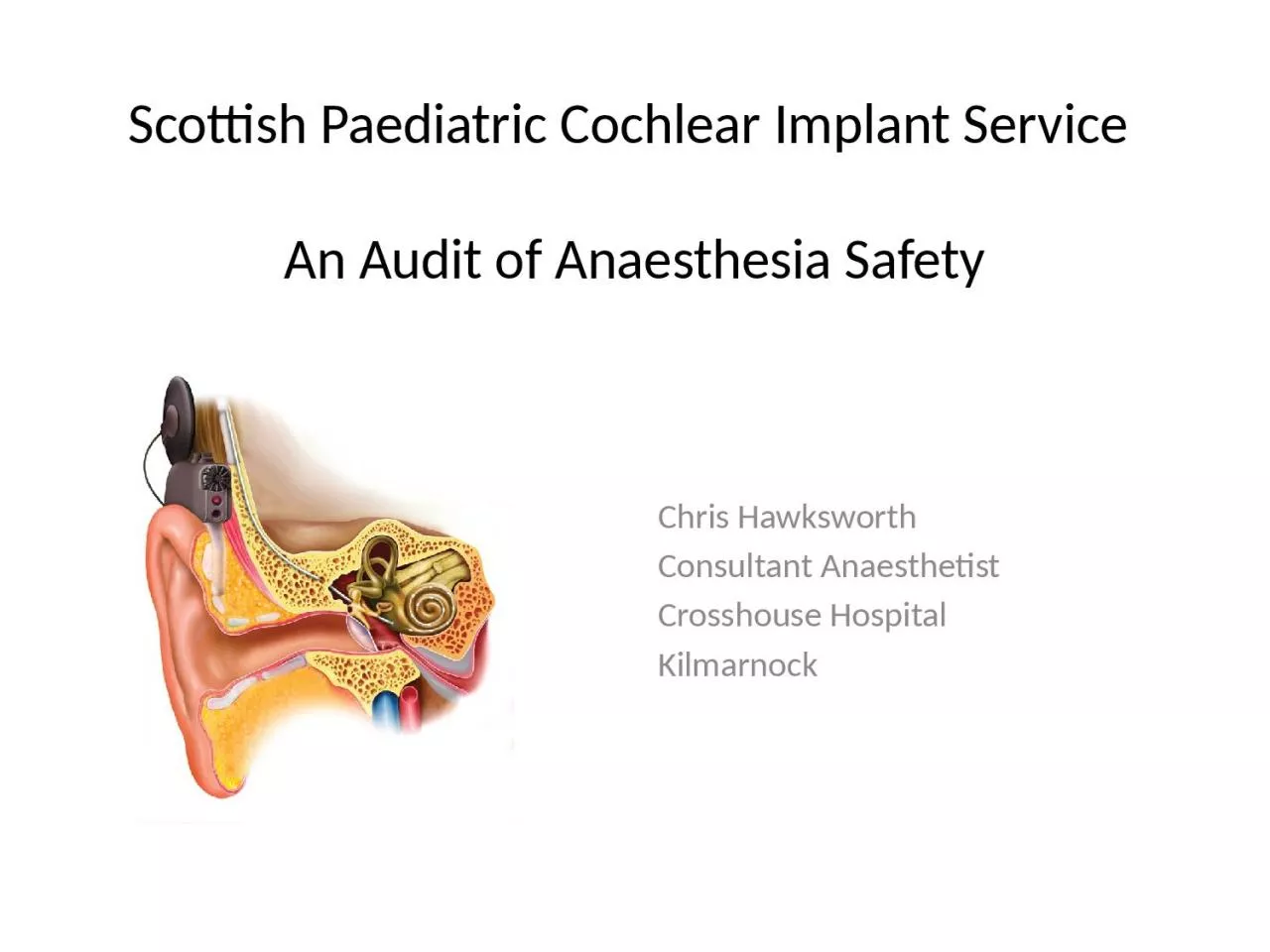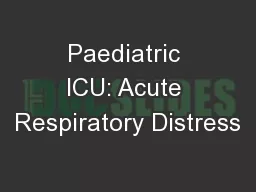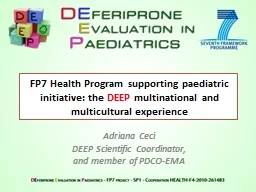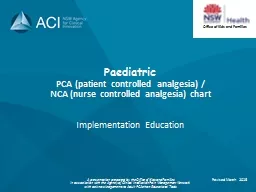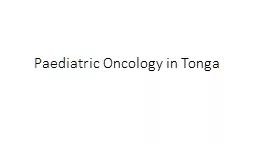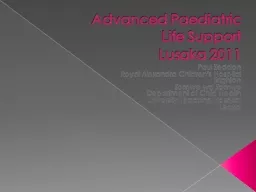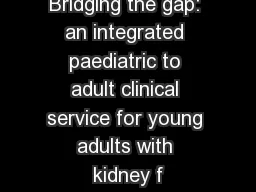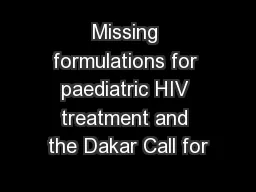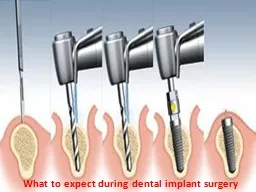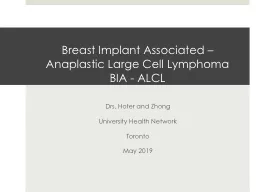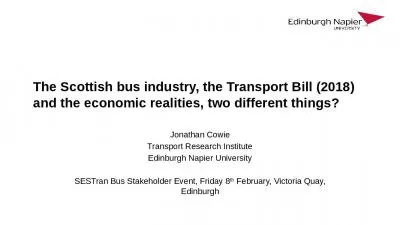PPT-Scottish Paediatric C ochlear Implant Service
Author : elyana | Published Date : 2022-07-01
An Audit of Anaesthesia Safety Chris Hawksworth Consultant Anaesthetist Crosshouse Hospital Kilmarnock Scottish Cochlear Implant Service Service run by Cochlear
Presentation Embed Code
Download Presentation
Download Presentation The PPT/PDF document "Scottish Paediatric C ochlear Implant S..." is the property of its rightful owner. Permission is granted to download and print the materials on this website for personal, non-commercial use only, and to display it on your personal computer provided you do not modify the materials and that you retain all copyright notices contained in the materials. By downloading content from our website, you accept the terms of this agreement.
Scottish Paediatric C ochlear Implant Service: Transcript
Download Rules Of Document
"Scottish Paediatric C ochlear Implant Service"The content belongs to its owner. You may download and print it for personal use, without modification, and keep all copyright notices. By downloading, you agree to these terms.
Related Documents

